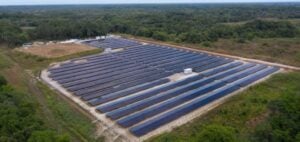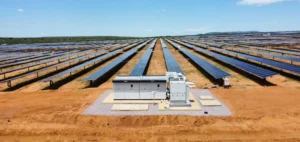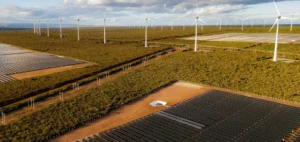Macquarie Asset Management announced it has structured a $350mn long-term financing package for Nexamp, one of the leading developers and operators of solar infrastructure in the United States. The transaction aims to support the construction of utility-scale solar and battery storage assets in response to rising power demand.
Support for U.S. solar infrastructure
Active in the distributed energy sector, Nexamp develops, owns, and operates solar and storage assets throughout the United States. Since entering the utility-scale market in 2021, the company has built a project pipeline of 6 GW currently under development. The funding from Macquarie is intended to initiate the construction phase of these assets.
The financial arrangement is based on a bespoke structure designed to meet Nexamp’s specific needs for flexibility and rapid capital mobilisation. The approach seeks to optimise investment management in a rapidly growing segment of the large-scale U.S. energy market.
Strategic positioning in the U.S. market
The financing also represents a key milestone for the Credit & Insurance division of Macquarie Asset Management, which manages approximately $222bn in assets globally. The deal stands as a landmark for its U.S. infrastructure private debt portfolio, which accounts for about $40bn in assets under management.
The aim is to respond to increasing electricity demand while strengthening domestic supply through more stable and lower-cost generation sources. Backed by three strategic equity sponsors, Nexamp plans to rapidly bring projects online to meet this market dynamic.
Addressing the need for new capacity
The scale-up of solar production and battery storage infrastructure is seen as a major lever to meet evolving consumption profiles in the United States. The development of large-scale solutions is now a core operational focus for Nexamp, which already claims over one gigawatt of completed distributed projects.
According to Macquarie management, the transaction allows Nexamp to align its industrial objectives with market realities, particularly in terms of deployment timelines and financial flow security. The company now intends to leverage this facility to accelerate the execution of its pipeline, in a context increasingly defined by energy sovereignty considerations.






















